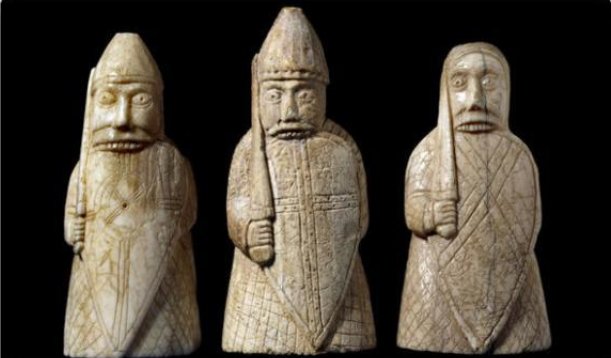Were The Viking Berserkers True Or Drug Addicted Warriors Fighting In Trance?
Ellen Lloyd - AncientPages.com - The word "berserk" is used to describe the behavior of a person who was acting irrationally in a state of great agitation, unable to control their actions.
In Norse mythology, during the Viking age, the berserkers were considered a type of "warrior-shamans" who showed exceptional fighting fury and courage. Being in some kind of trance, they were able to ignore the wounds inflicted in battles.
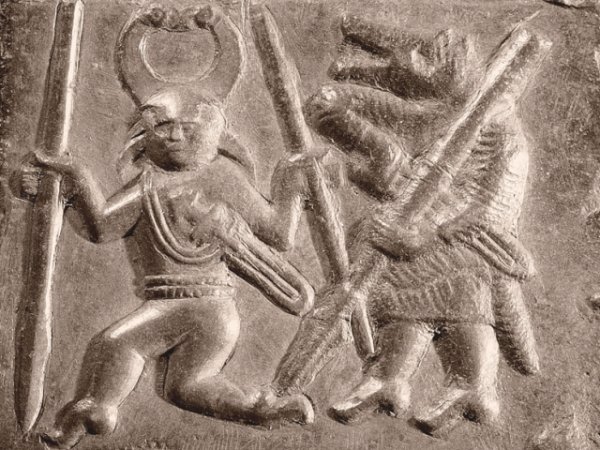
Vendel-period bronze plate discoverd on Öland (Torslunda socken), Sweden. Image credit: Benganshistoriasidor/
These Viking berserker warriors were the most feared off all, believed to used herbal-type drugs such as anmirifta to enhance their mood for battle, the eager berserker warriors are believed to have stood here biting their shields and swords in anticipation of the forthcoming battle and violence.
The totem animal of the berserkers was, as the name implies, the bear. In pre-Christian Scandinavia, berserkers seem to have been members of cults connected with Odin in his capacity as god of warriors.
Snorri Sturluson in Ynglinga Saga, recalling numerous elements of ancient lore, describes Odin's warriors in this way:
His men went to battle without armor and acted like mad dogs or wolves. They bit into their shields and were as strong as bears or bulls. They killed men, but neither fire nor iron harmed them. This madness is called 'berserker-fury'. The berserkers of the saga, who often appear as the core of the king's forces, are at times reminiscent of the retinue of warriors surrounding Odin and may ultimately derive from ancient bear cults.
Debate has centered on the meaning of the word itself. Berserker could mean "bare shirt," that is, naked; berserkers, as a mark of ferocity and invincibility, are said to have fought without needing armor. The word, however, may also mean "bear-shirt," reflective of the shape and nature of the bear assumed by these warriors. More literally, it may refer to protective bearskins that such warriors may have worn into battle.
When the "berserker rage" was upon him, a berserker was thought of as a sort of "were-bear" (or werewolf), part man, part beast, who was neither fully human nor fully animal. Although not specifically so called, Bodvar Bjarki is a berserker of sorts.
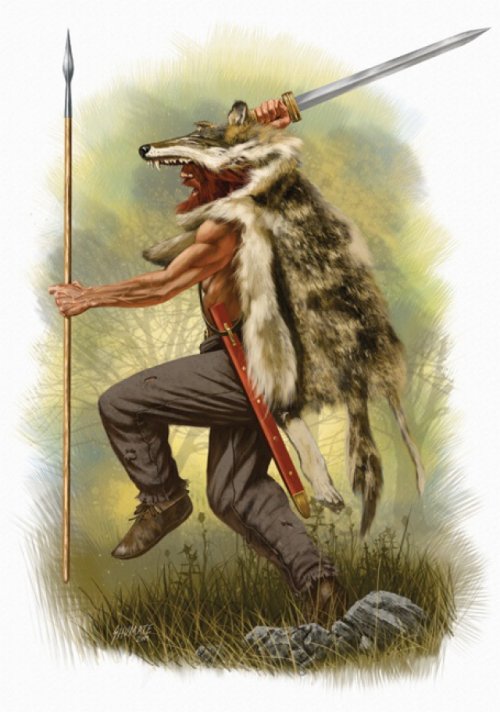
These warriors – half-naked and covered in furs – entered into combat in trance, possessed by hatred and blind fury.
See also:
10 Great Viking Misconceptions Still Being Perpetuated
Revealed: Vikings’ Symbols Of Travels, Prestige And Adventure Were Imported From Abroad
Beautiful Ancient Viking Jewelry Made By Skilled Craftsmen
He appears at Hrolf's final battle in the form of a huge bear, invulnerable to weapons.
In both his invulnerability and his ability to change shape, Bodvar also displays preternatural abilities resembling those of Odinic champions.
To this day it remains a mystery how these terrible warriors brought them to a state of trance and could survive deadly wounds.
According to one theory, the berserkers Vikings were able to produce the desired warrior state by drinking something that contained hallucinogenic properties before the battle.
This could explain why the warriors were totally exhausted after the battle and had to rest for several days. Specialists in the field of botany also suggest the use of a plant known as the European bog, commonly used in the brewing industry until its replacement hops. The extract of this plant is toxic and can cause serious, irreversible harm.
This begs the question: Were the berserkers Vikings true warriors or drug addicts fighting in trance?
Written by - Ellen Lloyd – AncientPages.com
Copyright © AncientPages.com All rights reserved. This material may not be published, broadcast, rewritten or redistributed in whole or part without the express written permission of AncientPages.com
More From Ancient Pages
-
 Oldest Golden Jewel In The Caucasus Unearthed In Azerbaijan
Archaeology | Dec 25, 2017
Oldest Golden Jewel In The Caucasus Unearthed In Azerbaijan
Archaeology | Dec 25, 2017 -
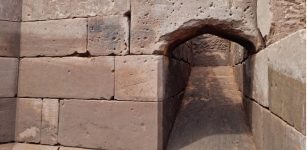 Unexpected Archaeological Discovery May Re-Write English Civil War History
Archaeology | Feb 3, 2023
Unexpected Archaeological Discovery May Re-Write English Civil War History
Archaeology | Feb 3, 2023 -
 Another 2,000-Year-Old ‘Snack Bar’ Discovered In Pompeii
Archaeology | Apr 10, 2019
Another 2,000-Year-Old ‘Snack Bar’ Discovered In Pompeii
Archaeology | Apr 10, 2019 -
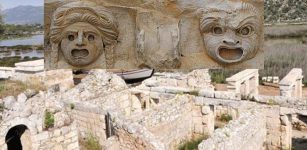 Ancient City Was Discovered Underground In Antalya’s Demre District
Archaeology | Nov 26, 2019
Ancient City Was Discovered Underground In Antalya’s Demre District
Archaeology | Nov 26, 2019 -
 Mysterious Underwater Ruins In Canada And America – Evidence Of An Unknown Ancient Civilization?
Civilizations | Sep 17, 2020
Mysterious Underwater Ruins In Canada And America – Evidence Of An Unknown Ancient Civilization?
Civilizations | Sep 17, 2020 -
 Largest Viking-Age Building In Britain Has Been Found In Cumbria!
Archaeology | Feb 18, 2025
Largest Viking-Age Building In Britain Has Been Found In Cumbria!
Archaeology | Feb 18, 2025 -
 Mysterious Mount Roraima Surrounded By Myths And Clouds Of Dense Fog
Featured Stories | Nov 13, 2018
Mysterious Mount Roraima Surrounded By Myths And Clouds Of Dense Fog
Featured Stories | Nov 13, 2018 -
 Roman Forum (‘Forum Romanum’) – The Heart Of Ancient Rome
Featured Stories | Aug 5, 2019
Roman Forum (‘Forum Romanum’) – The Heart Of Ancient Rome
Featured Stories | Aug 5, 2019 -
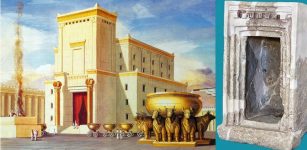 Mysterious Doorways In King Solomon’s Temple Leading To The Inner Shrine
Biblical Mysteries | Nov 30, 2017
Mysterious Doorways In King Solomon’s Temple Leading To The Inner Shrine
Biblical Mysteries | Nov 30, 2017 -
 Unexpected Discovery Of Viking Trading Place In Norway Re-Writes History
Archaeology | Jul 22, 2020
Unexpected Discovery Of Viking Trading Place In Norway Re-Writes History
Archaeology | Jul 22, 2020 -
 Crosby-Schøyen Codex: Ancient Coptic Manuscript Reveals Sermon That Spurred Violence Against Jews
Featured Stories | Jun 5, 2024
Crosby-Schøyen Codex: Ancient Coptic Manuscript Reveals Sermon That Spurred Violence Against Jews
Featured Stories | Jun 5, 2024 -
 How Is DNA Preserved In Archaeological Sediments For Thousands Of Years
Archaeology | Jan 3, 2022
How Is DNA Preserved In Archaeological Sediments For Thousands Of Years
Archaeology | Jan 3, 2022 -
 Mystery Of The Man Whose Supernatural Abilities Still Captivate Scientists
Featured Stories | Jan 16, 2023
Mystery Of The Man Whose Supernatural Abilities Still Captivate Scientists
Featured Stories | Jan 16, 2023 -
 St. Simeon’s Monastery And History Of Its Founder Shed Light On Christian Past In Anatolia
Archaeology | Nov 28, 2020
St. Simeon’s Monastery And History Of Its Founder Shed Light On Christian Past In Anatolia
Archaeology | Nov 28, 2020 -
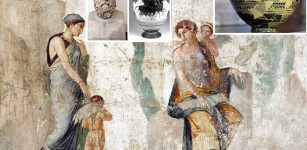 Aphrodite Signified More Than Beauty – Five Other Realms In Which The Greek Goddess Also Reigned
Featured Stories | Sep 18, 2024
Aphrodite Signified More Than Beauty – Five Other Realms In Which The Greek Goddess Also Reigned
Featured Stories | Sep 18, 2024 -
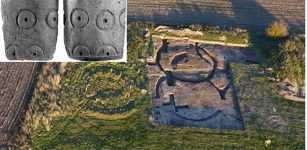 Dazzling Time Capsule Of Unique Iron Age Artifacts And Celtic Roundhouses Discovered In England
Archaeology | Mar 15, 2022
Dazzling Time Capsule Of Unique Iron Age Artifacts And Celtic Roundhouses Discovered In England
Archaeology | Mar 15, 2022 -
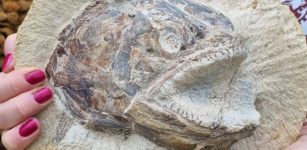 183-Million-Year-Old Fossils: Jurassic Marine World In A Farmer’s Field
Fossils | Jul 31, 2022
183-Million-Year-Old Fossils: Jurassic Marine World In A Farmer’s Field
Fossils | Jul 31, 2022 -
 Why Did Students Turn Medieval Oxford Into A Murder Capital?
Places | Sep 28, 2023
Why Did Students Turn Medieval Oxford Into A Murder Capital?
Places | Sep 28, 2023 -
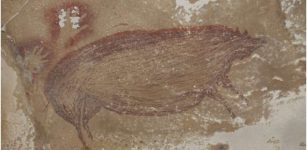 World’s Oldest Known Cave Painting – 45,000-Year-Old Depiction Of Wild Pig Discovered At Leang Tedongnge Cave
Archaeology | Jan 14, 2021
World’s Oldest Known Cave Painting – 45,000-Year-Old Depiction Of Wild Pig Discovered At Leang Tedongnge Cave
Archaeology | Jan 14, 2021 -
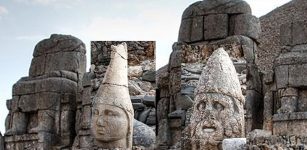 Mount Nemrut: ‘Throne Of The Gods’ – Mysterious Royal Tomb Surrounded By Gigantic Sculptures
Civilizations | Nov 16, 2018
Mount Nemrut: ‘Throne Of The Gods’ – Mysterious Royal Tomb Surrounded By Gigantic Sculptures
Civilizations | Nov 16, 2018

